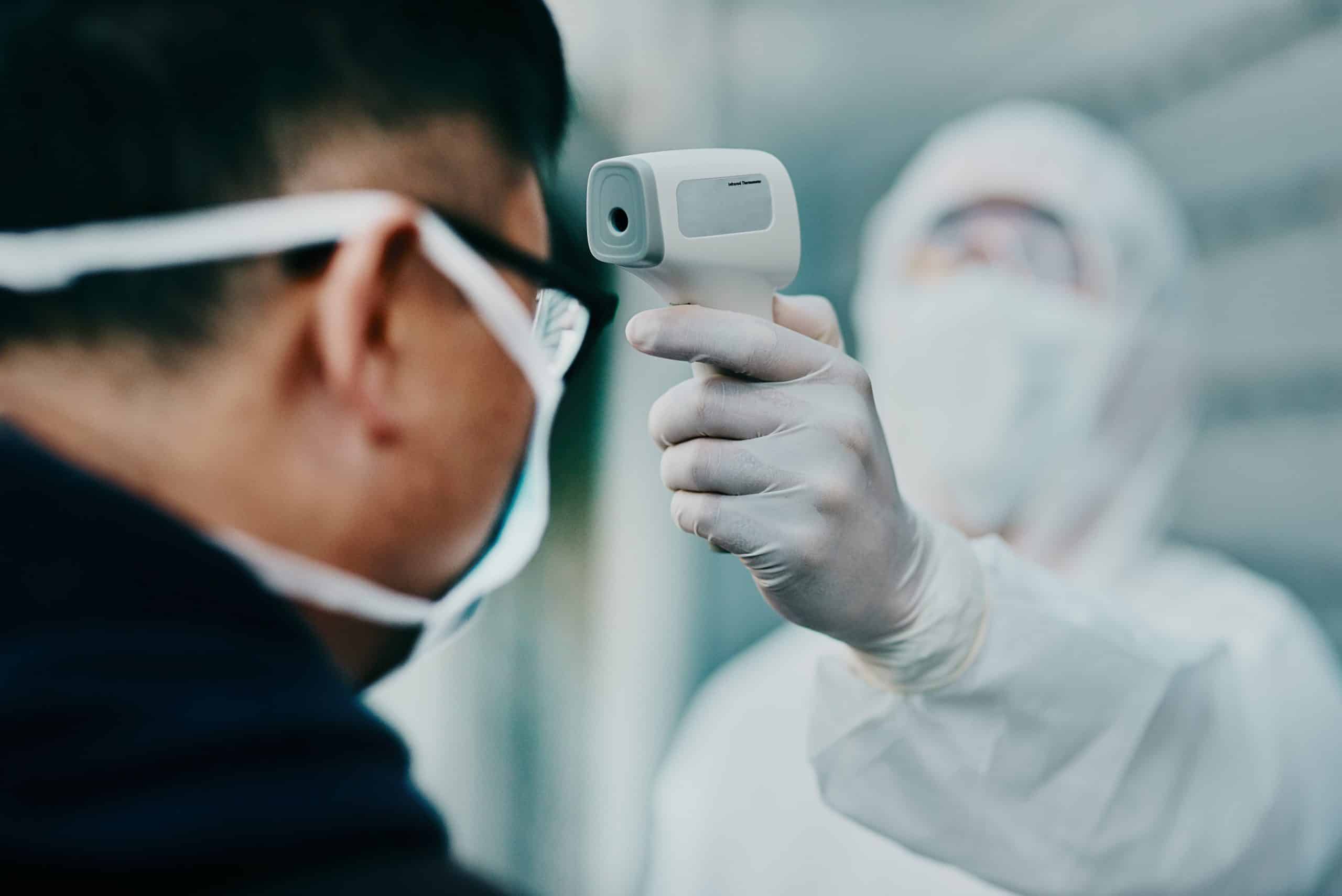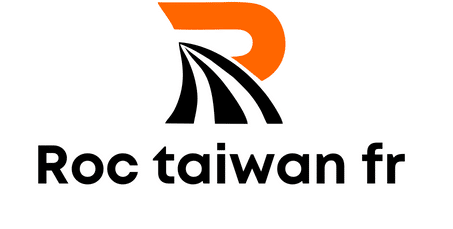Can AI Detect Early Signs of Infrastructure Failure in Smart Cities?

As our world becomes increasingly digitized, smart cities are no longer a hypothetical concept but a tangible reality. Built on a foundation of data, these urban environments are equipped with an infrastructure of advanced technology systems, including artificial intelligence (AI), the Internet of Things (IoT), and a myriad of other smart technologies. Through careful management and intelligent learning models, these technologies aim to optimize urban life, enhancing safety, security, and efficiency. However, a question that frequently arises is: can AI detect early signs of infrastructure failure in smart cities? This article explores this question, delving into the roles of AI in smart city infrastructures.
The Role of AI in Smart City Infrastructure
Artificial intelligence is a pivotal part of the smart city equation. It provides the city’s intricate systems with the ability to learn, predict, and adapt to the needs of its environment. This includes the capacity to detect early signs of infrastructure failure.
Dans le meme genre : What Are the Advances in Wearable Air Purifiers for Personal Health in Urban Environments?
AI’s role in smart cities is multi-faceted. It influences every aspect, from energy management to traffic control, environmental monitoring, and safety enforcement. By leveraging extensive pools of data gathered from various sources across the urban landscape, AI can identify patterns, predict outcomes, and make informed decisions that human beings, with all their fallibilities, may not.
For instance, in the realm of traffic management, AI-powered systems can analyze real-time traffic data, predict potential congestion points, and adjust traffic light timings accordingly to ensure smooth traffic flow. Similarly, AI technologies in energy management sectors can monitor power usage patterns and forecast future energy demand, thereby optimizing energy distribution and reducing wastage.
Sujet a lire : How Are Microsatellites Transforming UK’s Maritime Surveillance Capabilities?
AI and Infrastructure Failure Detection
Infrastructure is the backbone of any city, smart or otherwise. However, as robust as it may be, infrastructure is susceptible to wear and tear, deterioration, and eventual failure. Yet, with AI, smart cities can proactively manage their infrastructure and mitigate potential failure.
Using advanced detection models, AI can monitor the city’s infrastructure in real-time, collecting and analyzing data to gauge the health of various systems. This covers everything from bridges, roads, and buildings, to public transportation systems, power grids, and water supply networks.
AI can detect anomalies in these systems that may signify potential failure. These could be unusual vibrations in a bridge structure, inconsistencies in water flow rates, or abnormalities in the power supply. Once detected, the AI system alerts relevant authorities for further inspection and action. This proactive approach not only prevents catastrophic failures but also saves time, resources, and lives.
The Power of Predictive Analytics in Infrastructure Management
A crucial aspect of AI in infrastructure management is predictive analytics. This involves using statistical algorithms and machine learning techniques to analyze current and historical facts, predict future events, or otherwise unknown events. With predictive analytics, smart cities can anticipate infrastructure failures before they occur.
Predictive analytics gives cities the power to preemptively address infrastructure issues, thereby minimizing downtime and maximizing efficiency. This predictive capability is particularly critical in the context of essential services like electricity, water, and transportation, where early failure detection can prevent significant disruptions and potential safety risks.
Moreover, predictive analytics can help cities use their resources more strategically. By knowing which infrastructure components are likely to fail soon, cities can prioritize their repair and maintenance efforts, focusing on the most pressing issues first.
The Importance of AI-Driven Security in Smart Cities
In a smart city, security extends beyond the physical realm to include the digital sphere. With the city’s systems heavily reliant on data, the importance of data security cannot be overstated. Here again, AI plays a crucial role.
AI-driven security systems can protect the city’s data from cyber threats. They do this by consistently monitoring the city’s data streams, identifying potential threats, and neutralizing them before they can cause damage. In this way, AI helps to secure the smart city’s digital infrastructure, ensuring the smooth operation of its systems and the safety of its citizens.
In conclusion, AI not only has the potential to detect early signs of infrastructure failure in smart cities but is already doing so in many cities around the world. By leveraging AI’s predictive capacities and advanced detection models, smart cities can ensure their infrastructure’s longevity, enhance their efficiency, and safeguard their citizens’ safety and security. As AI technology continues to evolve, its role in smart city infrastructure management is set to become increasingly significant.
The Synergistic Relationship between AI and IoT in Smart Cities
A prime factor that allows artificial intelligence to effectively function in smart cities is its synergistic relationship with the Internet of Things (IoT). The IoT is a network of interconnected devices, vehicles, buildings, and other objects that collect and exchange data, making city systems more efficient, safe, and responsive to residents’ needs. These IoT devices, scattered throughout urban environments, act as smart city sensors, collecting real-time data that AI can analyze and use for decision making.
In the context of infrastructure failure detection, IoT devices play a crucial role. They continuously monitor and report on the condition of infrastructure components, including bridges, roads, power grids, and water supply networks. AI uses this data to detect anomalies and predict potential failures. For instance, an IoT device on a bridge may detect unusual vibration patterns and transmit this data to the AI system. The AI, in turn, can analyze these patterns, cross-referencing them with historical data and other relevant information from google scholar or other databases, to determine if the bridge is at risk of failure.
From an energy management perspective, AI and IoT offer a significant advantage in the smart grid. IoT devices can track energy consumption across an entire city, providing AI with a wealth of data to analyze. AI can then optimize energy distribution, ensuring that power is directed where it is needed most and minimizing waste. This ability is particularly crucial during peak usage times, where the risk of a power grid failure is highest.
AI’s Capabilities in Public Safety and Urban Planning
Artificial intelligence is not limited to infrastructure and energy management; its capabilities extend to public safety and urban planning as well. In terms of public safety, AI can analyze data from various sources, including CCTV cameras, to detect unusual activity that may pose a threat, such as suspicious behavior or unattended packages. Neural networks and deep learning algorithms can help in this anomaly detection, rapidly analyzing video feeds and alerting authorities to potential issues.
In urban planning, AI can make a significant impact. By analyzing data from various sources, AI can help urban planners make more informed decisions. For instance, it can predict how new infrastructure like a highway or a residential complex might affect traffic patterns, energy consumption, and other facets of city life. Such predictive ability can lead to more sustainable and efficient urban environments.
Conclusion
In conclusion, the current advances in AI technology have made it a crucial component in the effective operation and management of smart cities. With the ability to analyze large amounts of real-time data from IoT devices, AI efficiently detects early signs of infrastructure failure, optimizes energy consumption, enhances public safety, and aids in strategic urban planning. Its symbiotic relationship with other smart technologies like IoT underscores the interconnectivity of smart city systems. As AI continues to evolve, one can only anticipate the emergence of more sophisticated smart cities that efficiently manage their resources, ensure public safety, and foster sustainable development. The future of urban environments undoubtedly lies in the harnessing of AI capabilities, a reality that is rapidly unfolding before our very eyes.
